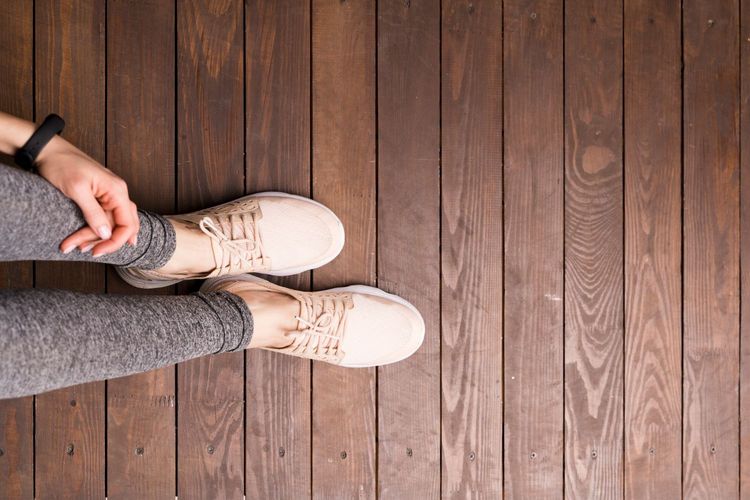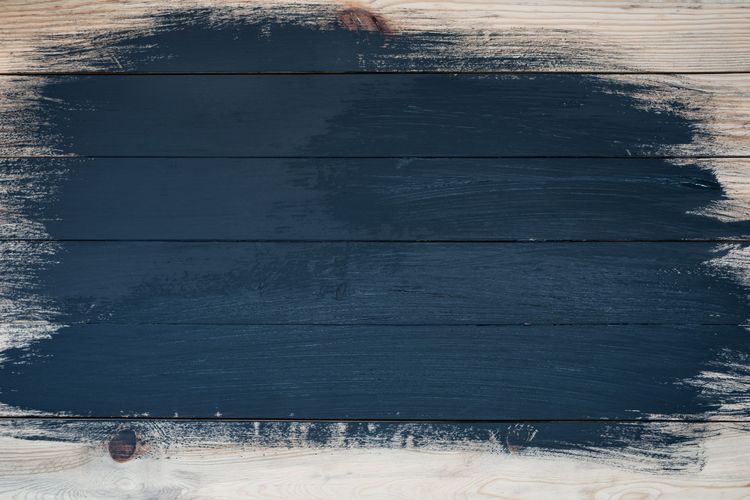What happens if you skimp on varnish for wooden boards

When it comes to wood flooring, choosing a quality varnish is one of the key factors affecting the longevity and appearance of the flooring. Many people, in an effort to cut costs, decide to save money on varnish, believing that the difference will not be noticeable. But what can be the consequences of such a decision? In this article we will tell you what can lead to saving money on varnish for wooden boards and why it is important to choose the right protective coating.
What is the difference between ordinary varnish and varnish for wooden floors
Ordinary varnish used for finishing furniture or decorative elements has a lighter structure and is not designed to withstand intensive loads. Wood floor varnish, on the other hand, is designed to withstand the high traffic and stresses to which floors are subjected. It contains special additives that increase its wear resistance, as well as protection against mechanical damage and humidity. As a result, a floor covered with such a varnish lasts longer and retains its attractive appearance even under conditions of intensive use.

Why wood floor varnish is needed
The main task of lacquer is to protect wood from external influences: mechanical damage, abrasion, moisture and dryness, as well as to prevent fungus and insects such as wood borers. But why do some people choose other treatments?
The main disadvantage of alternative coatings (oils, impregnations, waxes, mastics) is that they require regular renewal and meticulous maintenance to maintain the integrity of the coating. These procedures are quite labor intensive and time consuming. Varnish, on the other hand, provides long-term protection and greatly simplifies floor maintenance, saving you time and effort.
Can you varnish wet wood?
It is strictly forbidden to varnish wet wood - its humidity should not exceed 20%. Otherwise, if the wood is damp, the coating will be short-lived: the varnish can “clog” the moisture inside, which will lead to deformation of the wood, cracks and even mold development. It is important to remember that before applying lacquer, the surface must be thoroughly primed and completely dried to achieve a high-quality and durable result.
What analogs
One of the popular analogs of varnish is a natural oil on wood without odor. It penetrates deeply into the structure of the wood, nourishing and protecting it, giving the surface a soft, natural sheen. The oil preserves the grain and natural beauty of the wood while providing basic protection from external influences.
What happens to a raw board if it has already been varnished?
If you apply varnish to a damp board, it will soon begin to peel off. Moisture remaining inside the wood will compromise the integrity of the coating, leading to cracking and premature deterioration.
When you can apply a second coat of varnish
It is not advisable to apply a second coat of varnish early, as the first coat may not have dried completely and the solvent has not yet had time to evaporate. This can lead to bubbles, clouding, shagreening or moiré. Applying the second coat too late is also undesirable (although possible) as the surface of the first coat becomes too hard and adhesion may be impaired. The best option is to apply the second coat after the first coat has dried completely, so that they become a single, smooth coating.

Recommendations for applying varnish
Here are a few recommendations for a quality application of varnish on a wooden floor:
- Keep the room temperature between 12-25 °C.
- If you use organic solvent-based varnish, be sure to wear a respirator. It is not recommended to stay in the room while the varnish is curing.
- Dilute the first coat of varnish with solvent by about one third so that it penetrates deeper into the structure of the wood.
- Before proceeding to the main surface, test the varnish on a small area to check its shade.
- Varnish is applied in 2-3 layers, the main area is best treated with a roller, evenly distributing the varnish with cross-shaped movements, starting from the window and ending with the door.
- For hard-to-reach places use a clean brush.
- After each layer, except for the last one, it is recommended to lightly sand, as the surface may lift slightly.
- If the floor remains sticky after the final coat, wipe it down with detergent to remove any residue.



